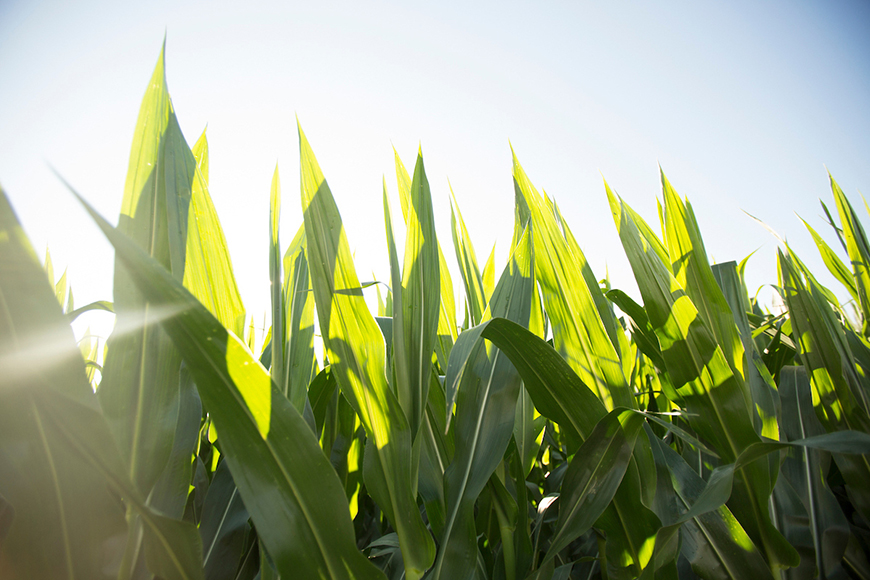Protect Yield in Wet, Windy Conditions

At this point in the season, heavy rainfall and high winds can have yield-robbing effects on crops, especially if issues aren’t addressed quickly.
In corn, actively scouting and prioritizing harvest order based on the following moisture and wind-related issues can help prevent yield loss from late-season storms.
For soybeans, pay close attention to plants that are excessively tall and have large amounts of vegetative growth. These plants are at risk for lodging, which often results in pod abortion or poor fill. Examine soybean conditions closely and harvest as soon as moisture permits to protect yield potential.
Farmers facing severe flooding and storm damage from the Midwest down through southern states like Louisiana and Texas should contact their local WinField retailer to troubleshoot.
In corn, actively scouting and prioritizing harvest order based on the following moisture and wind-related issues can help prevent yield loss from late-season storms.
- Check for ear rot: With excessive rainfall, humidity and water can get into the corn ear and exacerbate several types of ear rot. All ear rots reduce the quality of grain and some are toxigenic. Check your corn by shucking back ears and looking for damaged or discolored kernels. If you see mold, discoloration or other symptoms of the fungal disease, harvest the corn at higher moisture and dry it with heat and forced air immediately. By drying the corn, you can mitigate some of the effects of these toxigenic organisms and protect remaining grain quality.
- Test standability: Standability is often an issue in wet fields and makes crops highly susceptible to wind damage. There are several ways to test standability in corn.
- I typically conduct a push test by bumping the plant at ear height and giving it a firm push toward the opposing row. I’ll push 20 plants and if four of those plants either break off or root lodge, then I consider that field in peril of wind damage and recommend farmers start harvesting that field immediately, regardless of what the moisture is.
- Some farmers do a pull test to check standability. If the corn plant pulls out of the ground easily with one hand, it’s not going to stand very long and should be harvested as soon as possible to prevent further damage.
- Use caution in the combine: When heavy rains come through followed by high winds, green snap or root lodging can occur. While green snap below the ear is unrecoverable, plants that have suffered root lodging can be harvested but may cause combine issues as the location of the plant and its roots are offset, sometimes by 10 to 30 inches. Keep a close eye on machinery to ensure the combine snouts get underneath these plants and result in the stalks going through the snapping rolls.
For soybeans, pay close attention to plants that are excessively tall and have large amounts of vegetative growth. These plants are at risk for lodging, which often results in pod abortion or poor fill. Examine soybean conditions closely and harvest as soon as moisture permits to protect yield potential.
Farmers facing severe flooding and storm damage from the Midwest down through southern states like Louisiana and Texas should contact their local WinField retailer to troubleshoot.


